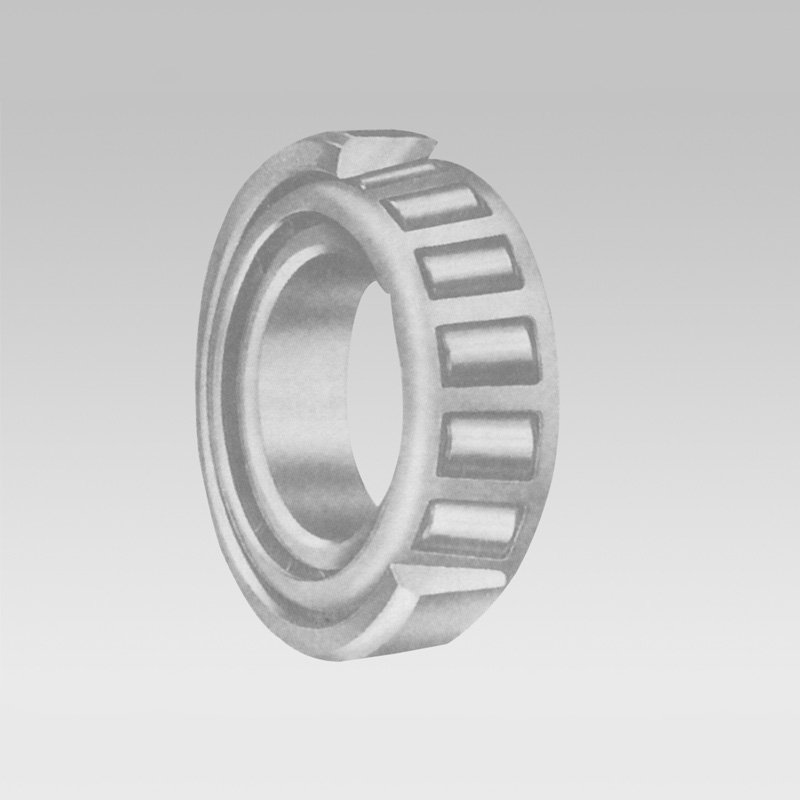
Nov . 16, 2024 03:33 Back to list
single row angular contact ball bearing
Understanding Single Row Angular Contact Ball Bearings
Single row angular contact ball bearings are essential components in various machines and equipment. Their unique design enables them to accommodate both axial and radial loads, making them a popular choice in applications that require precision and reliability. This article will delve into the structure, benefits, applications, and maintenance of single row angular contact ball bearings, shedding light on why they are critical in modern engineering.
Design and Structure
Single row angular contact ball bearings consist of an inner and outer ring, a cage, and a set of steel balls. The design features an angular contact between the balls and the raceways, which allows the bearing to efficiently handle loads. The angle of the contact line with respect to the axis of the bearing is a defining characteristic, typically ranging from 15° to 40°, depending on the application requirements.
These bearings are categorized based on their contact angle a smaller angle can support higher speeds, while a larger angle can handle greater axial loads. It's crucial to select the appropriate angle based on operational needs. Precision manufacturing processes ensure that single row angular contact ball bearings offer minimal friction, high durability, and significant performance in their designated tasks.
Benefits of Single Row Angular Contact Ball Bearings
1. High Load Capacity Due to their unique design, single row angular contact ball bearings can bear significant axial loads in one direction while also accommodating radial loads. This characteristic makes them ideal for applications where space is limited yet high performance is needed.
2. Versatility These bearings are used across various industries, including automotive, aerospace, and manufacturing. Their ability to function effectively under diverse conditions and load scenarios ensures their widespread applicability.
3. Enhanced Precision Single row angular contact ball bearings provide superior accuracy and smooth operation. This precision is essential in high-speed machinery, where errors can lead to mechanical failures or diminished product quality.
4. Reduced Maintenance The robust design of these bearings leads to lower wear and tear, thus requiring less frequent maintenance. Many variants are available with seals or shields, further enhancing their longevity and reliability in harsh environments.
Applications
Single row angular contact ball bearings are utilized in a multitude of applications
single row angular contact ball bearing

- Electric Motors They play a crucial role in the functionality of electric motors, providing the necessary support for rotor components while maintaining precise alignment.
- Machine Tool Spindles Used extensively in CNC machines, these bearings enable high-speed operation and precision machining.
- Pumps and Compressors Their ability to handle both axial and radial loads makes them suitable for pumps and compressors, ensuring reliable performance under fluctuating operating conditions.
- Automotive Applications In vehicles, these bearings are used in wheel hubs, transmission systems, and steering mechanisms, contributing to overall vehicle stability and performance.
Installation and Maintenance
Proper installation and maintenance of single row angular contact ball bearings are pivotal for ensuring their operational efficiency and longevity. Here are some guidelines
1. Installation Careful alignment during assembly is crucial. Misalignment can lead to premature wear or failure. Using appropriate tools to seat the bearing without damaging it is essential.
2. Lubrication Regular lubrication is vital to minimize friction and wear. Depending on the application and operating conditions, different types of lubricants may be utilized, such as grease or oil.
3. Monitoring Regular inspection of the bearings for signs of wear, noise, or vibration can help in identifying potential issues before they lead to catastrophic failures.
4. Environment Protecting the bearings from harsh environmental conditions is essential. Seals or shields should be considered to keep contaminants such as dust and moisture away.
Conclusion
Single row angular contact ball bearings are integral to the performance and reliability of many machines and systems. By understanding their design, benefits, and maintenance requirements, engineers and maintenance professionals can maximize their efficiency and lifespan. As machinery continues to evolve, the importance of these bearings in ensuring optimal performance will only increase, highlighting their pivotal role in modern technology.
Latest news
-
Premium Deep Groove Ball Bearings | High Speed & Reliability
NewsAug.29,2025
-
Durable Scaffolding Clamps - Secure & Reliable Tube Connectors
NewsAug.28,2025
-
Common Failures in Thrust Ball Bearings and Solutions
NewsAug.22,2025
-
How Tapered Roller Bearings Can Take Shock Loads
NewsAug.22,2025
-
Angular Bearings in High-Precision Spindles
NewsAug.22,2025
-
The Impact of Misalignment on Cylindrical Roller Bearing Performance
NewsAug.22,2025
